Quantum mechanics and psychoanalysis entered the intellectual scene at roughly the same time. Several quantum physicists, shocked by the apparent consequences of their work and the strange irrationality at the heart of reality, sought the aid of psychoanalysts such as Freud and Jung to help them cope with their disturbing insights. The connection between quantum mechanics and psychoanalysis may not end there. There may be a deep link between the human mind, the unconscious and quantum reality we perceive. Writes Max Rogers, Jim Baggott and the late John Heilborn.
Historian and philosopher of science John Heilbron has died aged 89 in November 2023. An author of over 20 books, ranging from geometry electromagnetism to Galileo and quantum physics, was a renowned expert in the history of science. In the 1960s, he became the first graduate student of the philosopher Thomas Kuhn. As his student, John helped Kuhn prepare his seminal work ‘The Structure of Scientific Revolutions’, which influentially placed historical circumstance and idiosyncratic human characteristics as central to scientific development.
___
Science is not mechanical clockwork: science is a human activity that is deeply intertwined with those traits that make us human: our historical circumstance and our individual psychology.
___
While John disagreed with Kuhn in on some details, he continued the Kuhnian tradition: to understand scientific discovery requires a complex analysis of the social, political, and intellectual forces driving the scientist. Science is not mechanical clockwork: science is a human activity that is deeply intertwined with those traits that make us human: our historical circumstance and our individual psychology.
Before John’s passing, he was working alongside Jim Baggott on ‘Quantum Drama: From the Bohr-Einstein Debate to the Riddle of Entanglement’, which explores the rich and fascinating history and development of quantum theory. Act II, ‘Missionaries of the Copenhagen Spirit’ outlines an unexpected and surprising overlap between two great scientific revolutions: the psychological revolution and quantum revolution. After the suicide of Paul Ehrenfest in 1933 – a prominent quantum theorist – his contemporary quantum revolutionaries were thrown into a state of psychological shock. John Heilbron and Jim Baggott explain.
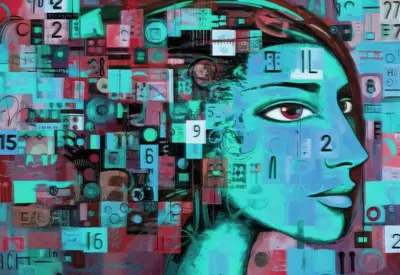 SUGGESTED READING
Quantum mechanics and the puzzle of subjectivity
By Steven French
SUGGESTED READING
Quantum mechanics and the puzzle of subjectivity
By Steven French
“Some of the quantum theorists reared in the hothouses of Göttingen and Copenhagen also experienced psychological problems and sought help from the theories of Sigmund Freud and Carl Jung. Pascual Jordan reassured himself of the reliability of Freudian psychology by working out parallels between the investigation of the id and quantum measurement. Does not the uncontrollable alteration of the quantum system by interaction with the measuring apparatus mimic the spontaneous emergence of material from the unconscious into the ego? And the restless shifting of the subject-object boundary in atomic physics mimics the movable boundary between the inner world of consciousness and the outer world of immediate experience? From these premises and the fact that we can share our outer worlds, Jordan reached the principle that we can also, although with greater difficulty, share our inner worlds. Telepathy would no doubt be very helpful to people with the severe speech impediment from which Jordan suffered. He discussed his insights with Pauli, who urged him to develop them further.
___
The suggestion that causes the switch from A to B or B to A is analogous to a quantum-physical measurement. The ambiguity of the electron has its counterpart in the ambiguity of personality.
___







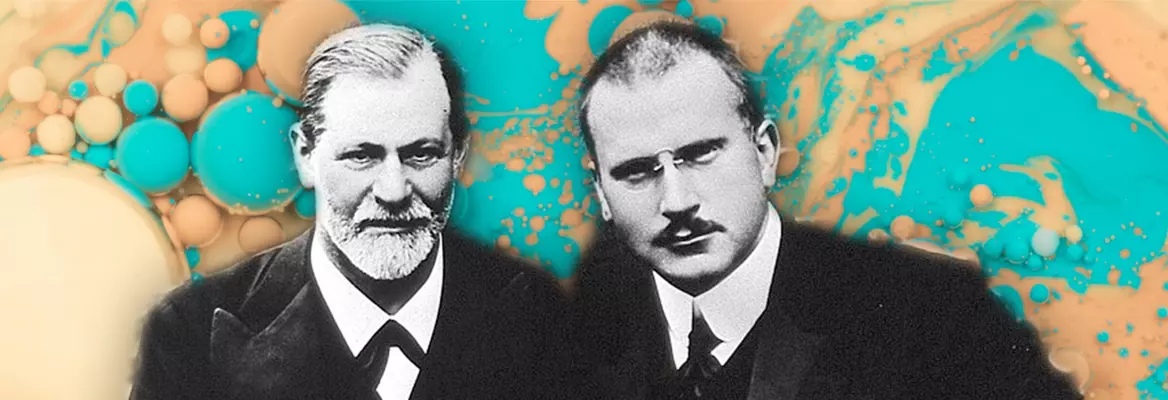


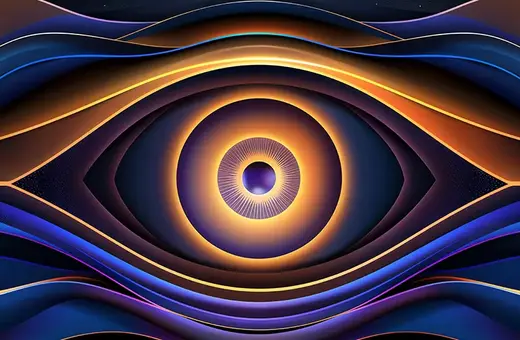
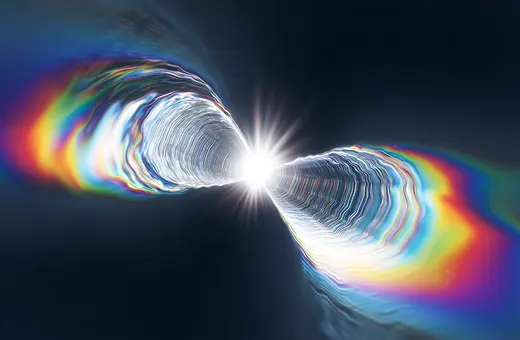
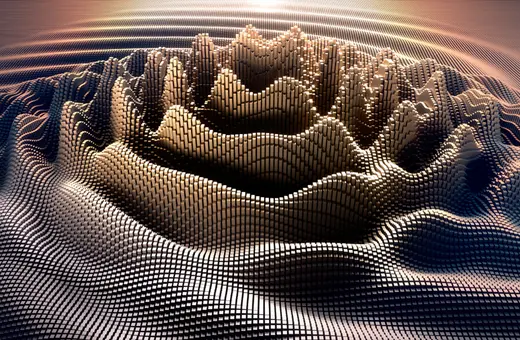

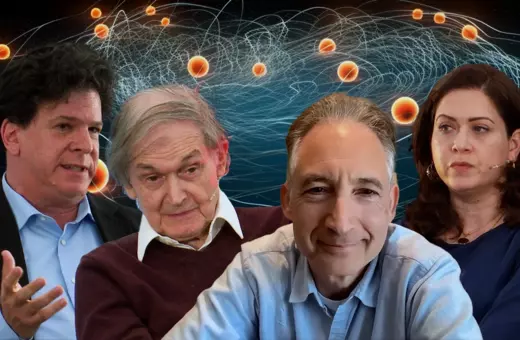






Join the conversation